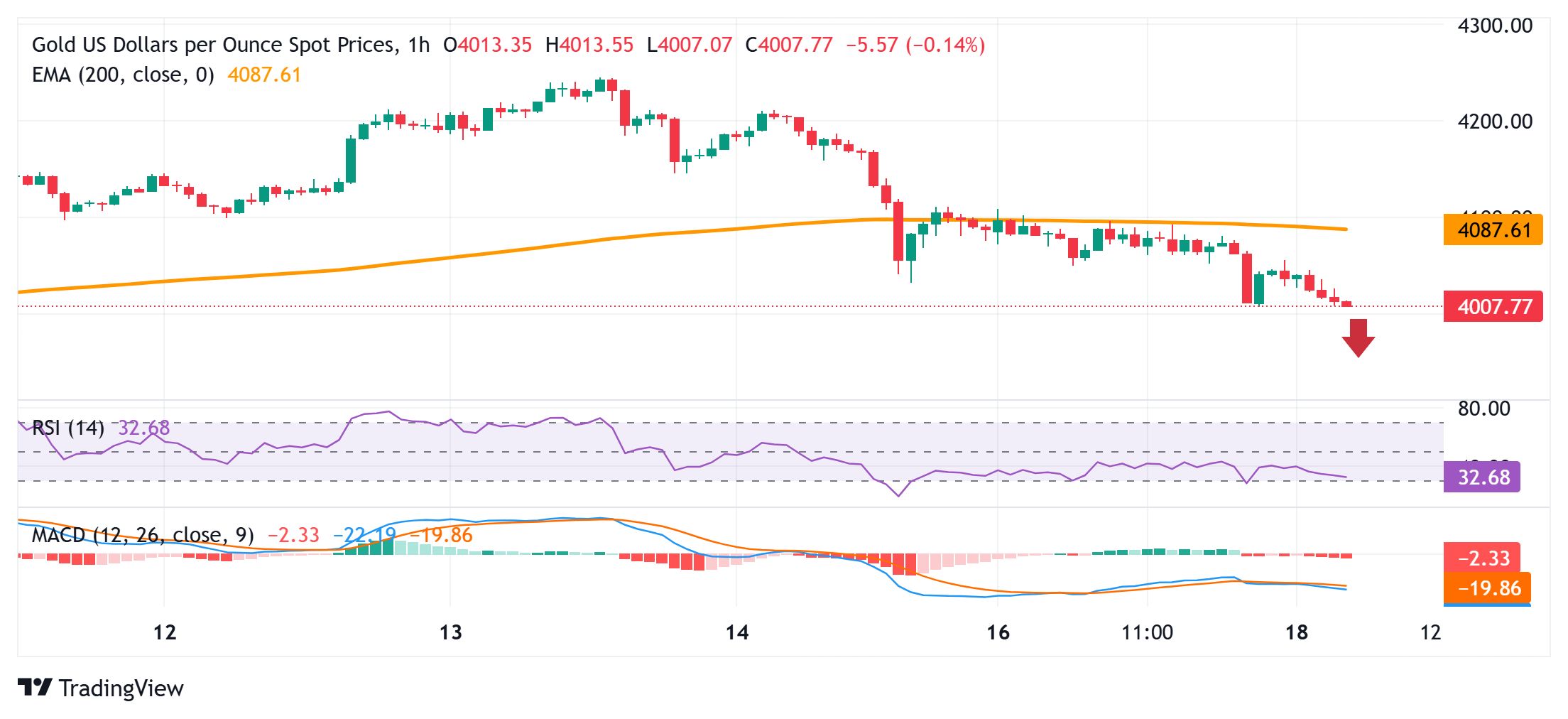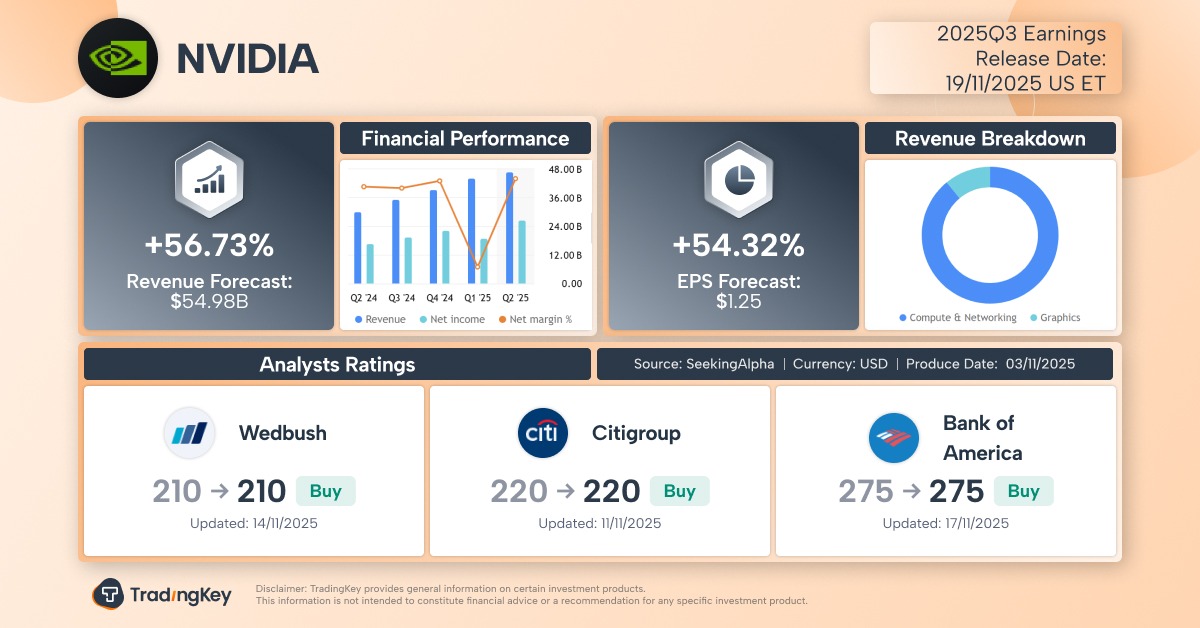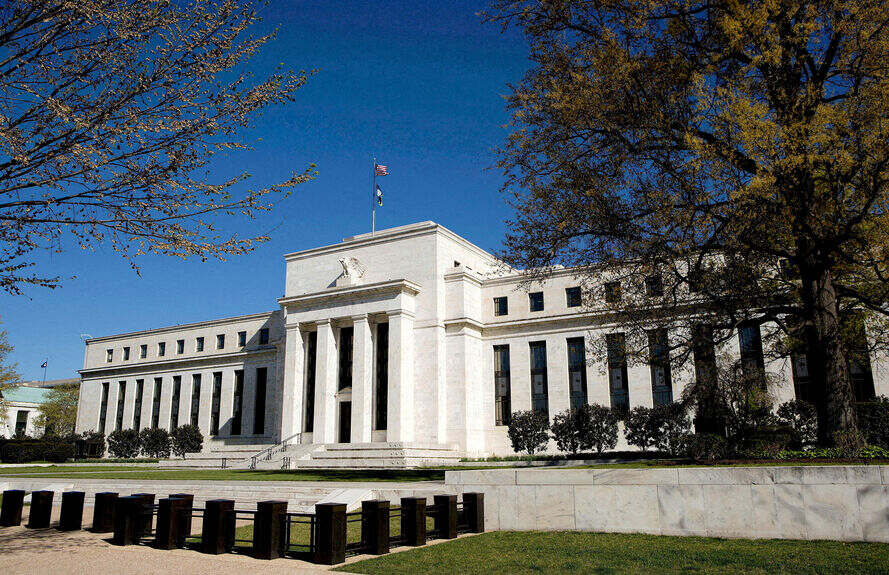Gold languishes near one-week low amid reduced Fed rate cut bets

- Gold attracts sellers for the fourth straight day amid reduced December Fed rate cut bets.
- Economic concerns weigh on the USD, though it fails to offer support to the commodity.
- Even the risk-off impulse does little to benefit the safe-haven XAU/USD pair or limit losses.
Gold (XAU/USD) remains under some selling pressure for the fourth consecutive day on Tuesday and drifts back closer to a one-and-a-half-week low, around the $4,000 neighborhood, touched the previous day. Traders have been scaling back their bets for another interest rate cut by the US Federal Reserve (Fed) in December, which, in turn, is seen as a key factor undermining the non-yielding yellow metal. The US Dollar (USD), however, struggles to attract any follow-through buying amid concerns about the weakening economic momentum on the back of the longest-ever US government shutdown. This, along with the prevalent risk-off environment, could offer some support to the safe-haven commodity and help limit further losses.
Traders might also opt to wait for more cues about the Fed's rate-cut path before positioning for the next leg of a directional move for the Gold price. Hence, the market focus will remain glued to the release of FOMC meeting Minutes, due on Wednesday, and the delayed US Nonfarm Payrolls (NFP) report for October on Thursday. Moreover, speeches from influential FOMC members will play a key role in driving the Greenback and providing some meaningful impetus to the XAU/USD pair. In the meantime, a convincing break and acceptance below the $4,000 psychological mark will be seen as a key trigger for bearish traders. This, in turn, will set the stage for an extension of a nearly one-week-old downtrend from the vicinity of mid-$4,200s.
Daily Digest Market Movers: Gold continues to be pressured by less dovish Fed expectations
- The longest-ever US government shutdown led to an absence of official economic data and dampened expectations for another interest rate cut by the Federal Reserve in December. Moreover, several Fed officials recently signaled caution on further policy easing.
- Fed Vice Chair Philip Jefferson said on Monday that upside risks to inflation have declined somewhat and the current policy rate is somewhat restrictive. Jefferson, however, added that the central bank needs to proceed slowly as monetary policy approaches the neutral rate.
- According to the CME Group's FedWatch Tool, the probability for a 25 basis-point Fed rate cut in December has now fallen below 50%. This, in turn, has been a key factor that continues to drive flows away from the non-yielding Gold for the fourth consecutive day on Tuesday.
- Meanwhile, investors remain worried about the impact of the prolonged US government closure on the economy, which fails to assist the US Dollar in building on the previous day's gains. This might hold back the XAU/USD bears from placing aggressive bets and help limit losses.
- The reopening of the US government shifts the market focus back to the release of delayed economic data, including the key Nonfarm Payrolls (NFP) report on Thursday. Apart from this, the FOMC Minutes could offer cues about the rate-cut path and influence the commodity.
- Russia's Defence Ministry said that its forces have occupied strongholds in Orestopol in the Dnipropetrovsk region. Moreover, a Russian attack forced a Romanian border village to evacuate. This keeps geopolitical risks in play and could support the safe-haven precious metal.
Gold could accelerate the fall below $4,000 psychological mark amid a negative technical setup

The XAU/USD pair recently failed to move back above the 200-hour Exponential Moving Average (EMA). The subsequent fall favors bearish traders and suggests that the path of least resistance for the Gold price is to the downside. Some follow-through selling below the $4,000 mark will reaffirm the negative bias and make the commodity vulnerable to accelerate the fall towards the $3,931 intermediate support en route to the $3,900 mark and late October swing low, around the $3,886 region.
On the flip side, any meaningful recovery attempt might now confront an immediate strong barrier near the $4,053-4,055 region. However, a sustained strength beyond could trigger a short-covering rally and lift the Gold price back to the 200-hour EMA, currently pegged just below the $4,100 round figure. Some follow-through buying will suggest that the recent slide witnessed over the past week or so, from the vicinity of mid-$4,200s, has run its course and pave the way for additional gains.
Gold FAQs
Gold has played a key role in human’s history as it has been widely used as a store of value and medium of exchange. Currently, apart from its shine and usage for jewelry, the precious metal is widely seen as a safe-haven asset, meaning that it is considered a good investment during turbulent times. Gold is also widely seen as a hedge against inflation and against depreciating currencies as it doesn’t rely on any specific issuer or government.
Central banks are the biggest Gold holders. In their aim to support their currencies in turbulent times, central banks tend to diversify their reserves and buy Gold to improve the perceived strength of the economy and the currency. High Gold reserves can be a source of trust for a country’s solvency. Central banks added 1,136 tonnes of Gold worth around $70 billion to their reserves in 2022, according to data from the World Gold Council. This is the highest yearly purchase since records began. Central banks from emerging economies such as China, India and Turkey are quickly increasing their Gold reserves.
Gold has an inverse correlation with the US Dollar and US Treasuries, which are both major reserve and safe-haven assets. When the Dollar depreciates, Gold tends to rise, enabling investors and central banks to diversify their assets in turbulent times. Gold is also inversely correlated with risk assets. A rally in the stock market tends to weaken Gold price, while sell-offs in riskier markets tend to favor the precious metal.
The price can move due to a wide range of factors. Geopolitical instability or fears of a deep recession can quickly make Gold price escalate due to its safe-haven status. As a yield-less asset, Gold tends to rise with lower interest rates, while higher cost of money usually weighs down on the yellow metal. Still, most moves depend on how the US Dollar (USD) behaves as the asset is priced in dollars (XAU/USD). A strong Dollar tends to keep the price of Gold controlled, whereas a weaker Dollar is likely to push Gold prices up.







